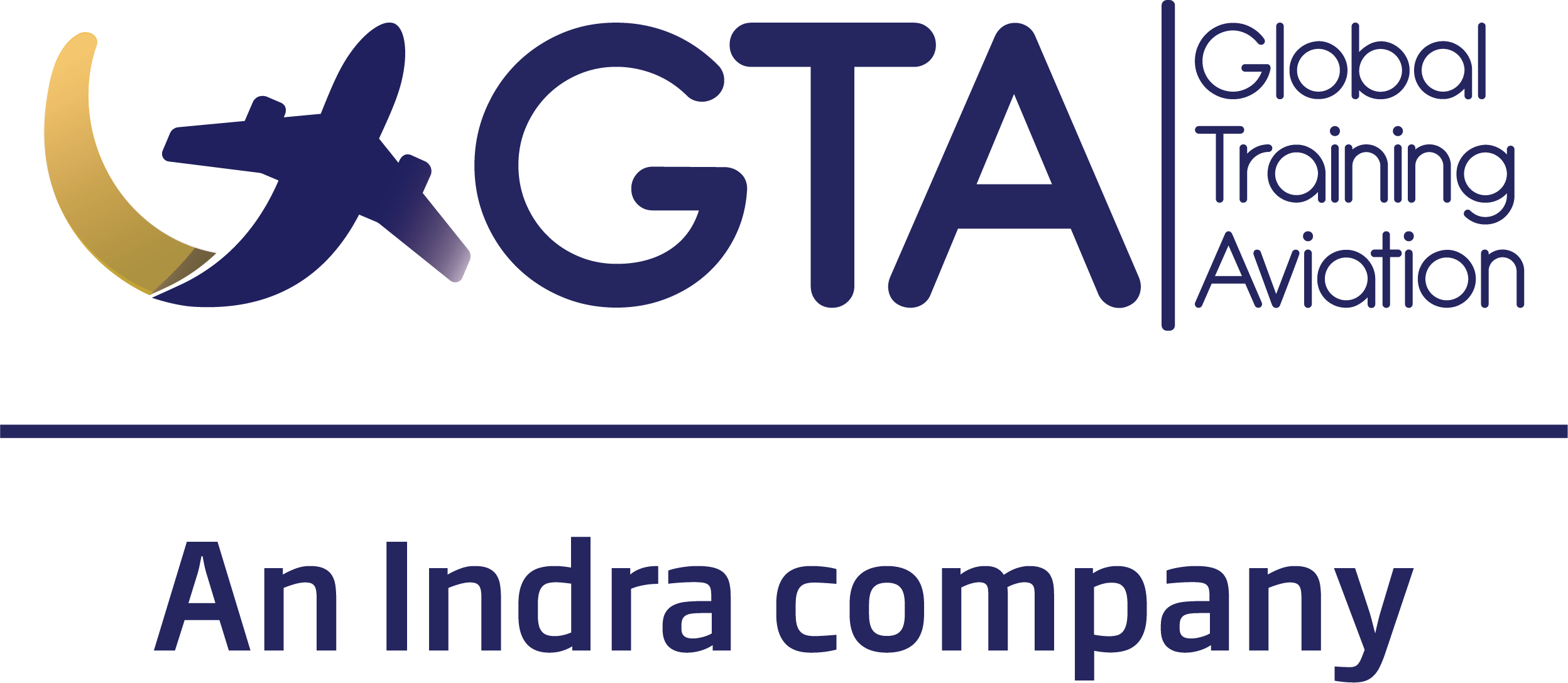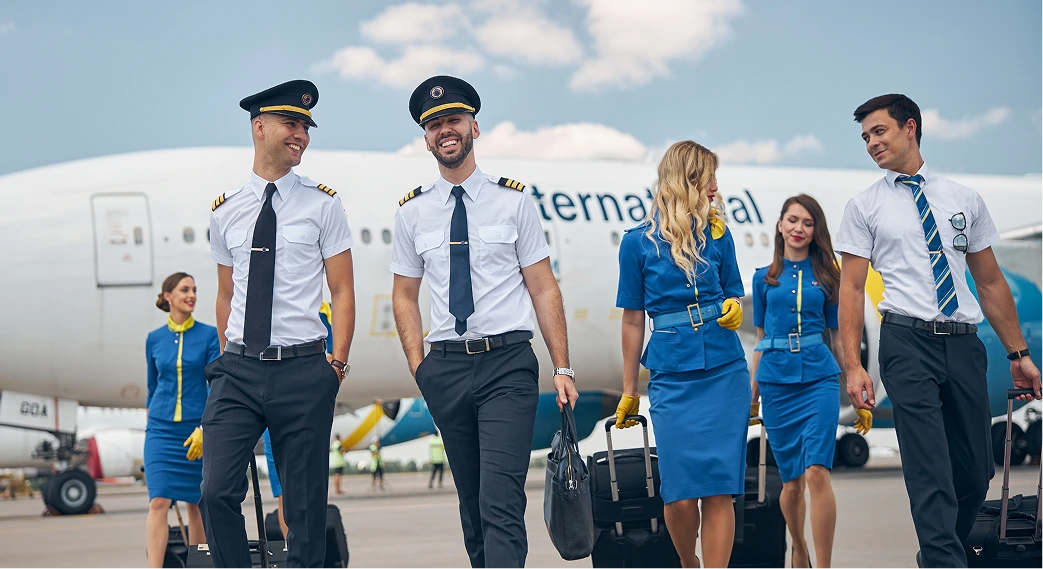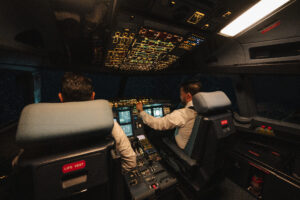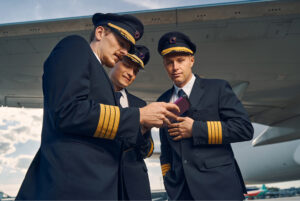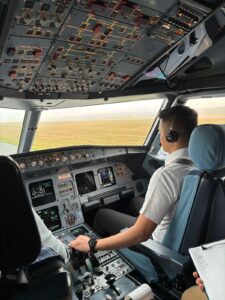Want to become a cabin crew member? Your CV is your first impression—and it can make or break your chances of landing an interview. In this guide, you’ll learn exactly how to write a professional, airline-ready flight attendant CV that helps you stand out from the competition.
Why Your Cabin Crew Resume Matters
Airlines receive thousands of applications every month. A polished, relevant CV shows recruiters you’re serious, prepared, and ready to represent their brand in the skies. Whether you’re a first-time applicant or switching airlines, this guide will help you create a CV that opens doors.
Key Sections to Include in Your Flight Attendant CV
1. Personal Information
- Full Name
- Phone Number
- Email Address
- LinkedIn (optional but recommended)
- Location (city and country)
2. Professional Summary
A short paragraph (2–3 lines) describing who you are, your background, and why you’re a good fit for a cabin crew position.
3. Work Experience
Include jobs related to customer service, tourism, hospitality, or aviation. Use bullet points to highlight achievements.
4. Education & Certifications
- High School Diploma or higher
- Cabin Crew Certificate (TCP) – highly recommended
Make sure you meet all the course requirements before applying to any formal training.
5. Languages and Skills
- Languages (e.g., fluent in English and Spanish)
- Soft skills: teamwork, communication, empathy
- Hard skills: safety protocols, emergency response
Formatting Tips to Stand Out
Keep It Clean and Professional
- Use a clean, modern font (e.g., Arial or Calibri)
- Keep your layout one page long
- Use bold for section titles, not excessive colors or icons
Use Keywords Airlines Look For
Many airlines use software to filter CVs. Include phrases like “safety procedures,” “passenger satisfaction,” or “emergency response.”
Common Mistakes to Avoid
- Typos and grammar errors
- Missing dates or incomplete contact info
- Listing irrelevant work experience
- Using casual language or emojis
Example: Flight Attendant CV Sample
Want a visual example? Download our sample CV PDF to see how to format each secti
Boost Your Chances with Our TCP Course
Completing a TCP course gives you a competitive edge. Airlines look for certified candidates who are prepared to handle real-life situations onboard.
- Simulate real airline interviews
- Receive feedback from aviation professionals
- Learn how to present yourself and your CV with confidence
Discover the Fast Track to Your Flight Attendant Career
FAQs About Flight Attendant Resumes
Do I need airline experience?
No, but relevant customer service experience is a plus. Having a TCP certification shows you’re serious.
What if I’ve never flown before?
No problem! Many airlines hire first-timers. Just focus on transferable skills and your willingness to learn.
How long should my CV be?
One page is ideal. Be concise, clear, and focused on what airlines care about.
